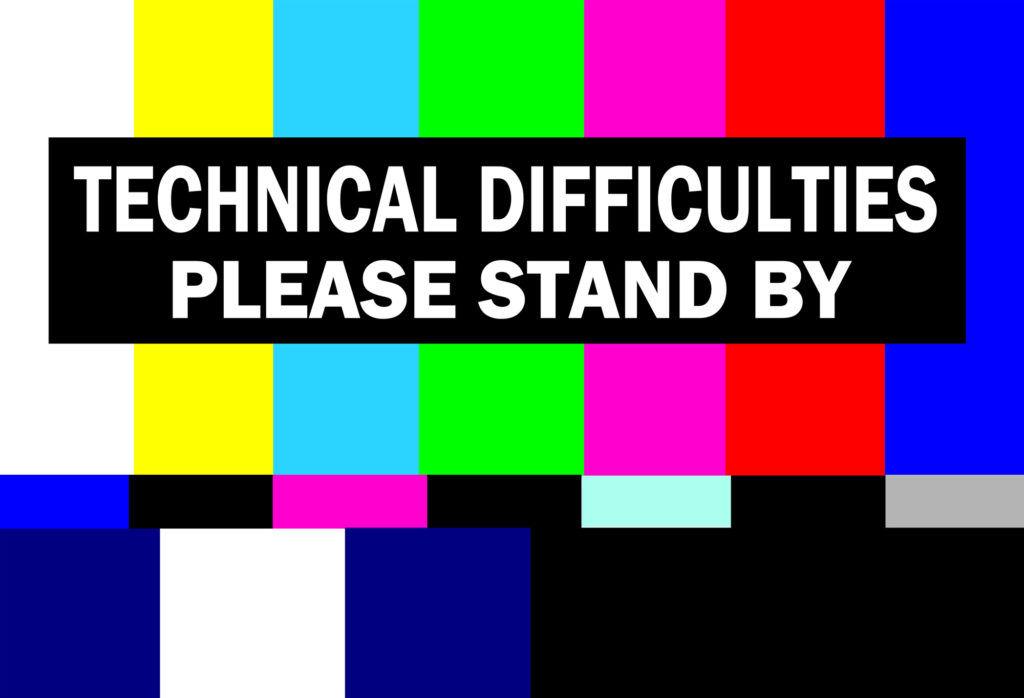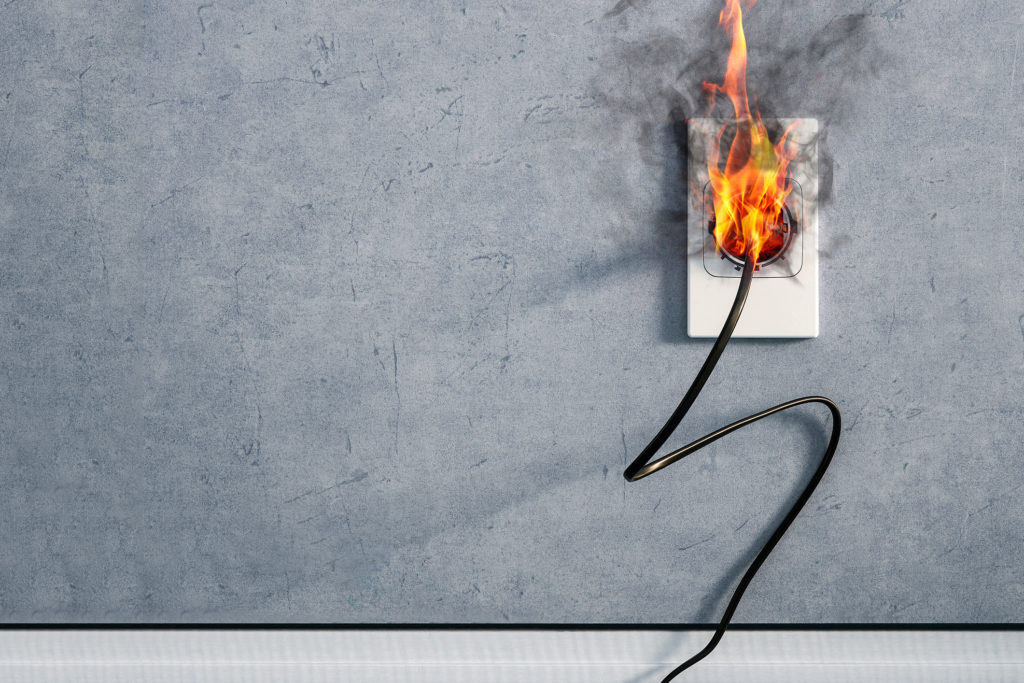Presentation Tips: What to Do When Things Go Wrong
The PowerPoint projector is kaput and your mic lost its juice. Say hello to the black ice of the presentation world – moments when unexpected rough patches threaten to send your talk careening.
There is no reason to fear such a slip, however. We offer several presentation tips on how to slow down, avoid overreacting, and remain calm.

They are similar to the ones vehicular safety experts share with panicked drivers. Fortunately, you will only need them to get your presentation back on track, not steer your car to safety. So, that’s already a plus.
Get ready to take hold of your presentation, become one with the skid, and get your talk back on track. You are going to need to slow down to speed up.
What To Do When Things Go Wrong
Without causing additional fear to settle in, which is never helpful, we must note that even with the best practice and preparation, things can and do go wrong. We have listed some of the more common snafus and the best ways to respond to them. If you go in with the mindset that you can handle what comes at you, then, when it does, you will. Simple advice and simple solutions help to keep things simple when the reality is anything but.

Panic with the PowerPoint
One of the more intimidating situations is a malfunction with PowerPoint. The slide was there one minute and now it is gone. The projector is dead.
You could … immediately go into full-on anxiety as you click the power switch on and off, scramble to reconnect the wires, and frantically flag down any technicians – all the while apologizing profusely for the black hole behind you.
Or, you could employ a better response … Slow down. It should be of no surprise to anyone in the room that you have just experienced some technical difficulties. Repeating the obvious not only causes further alarm for you, but may raise the stress in the room. Audiences want to know you have things under control. So, calmly and deliberately turn off the projector and check the connections. Check the power supply. Switch the power on and off. You can ask for help, too. However, an even better option would be to promise to fix it during the next break.
Out of place, out of your mind
When it comes to the presentation tips that assist, never skimp on the ones that focus on preparation. We say that because you have suddenly found yourself with a pile of notes that are horribly out of place. Did you remember to number them? Uh-oh.
You could … frantically flip through the pages, simultaneously apologizing, laughing nervously, and offering a running commentary of your search. (“I’m sorry. This will just take me a minute. It was right here. Once I find it, I hope it will be worth the wait.”)
Or, you could employ a better response … For next time, make sure to note the old 1-2-3’s. For the moment, work to slow the scene. Become quiet, slow your shuffling, and quietly make your way through the pages until you come to the right place. Then, calmly look up and resume talking.
Yes, the audience inevitably has deduced that you lost your place. What they will remember is a speaker who momentarily became side-tracked and got her presentation back on track.
Can you hear me?
Everything is working as it should, when the mic cuts out. Don’t let a technological snag unhinge your talk. As with the other presentation tips already offered, the best solution is to slow down to speed up. You stand to lose whatever energy you had already built up, if you let a less-than-ideal situation bring your presentation to a halt.
You could … spend the next several minutes attempting to get the amplification back on track, as you increasingly become apologetic and more nervous.
Or, you could employ a better response … Cut the mic, ask for technical help, and consider next options. Here are a few:
-
-
- See if you can simply get a new mic. Then, resume where you left off.
- If it is going to take a while, and it your presentation won’t suffer, consider proposing a break “for technical difficulties.”
- Naturally project. If it is a small enough group, you may not need a microphone.
-

Ready to wobble
When we work with clients in our presentation training workshops, we work to get everyone back on the road – even if their natural tendency is to start to skid. Practice, a handful of presentation tips, and experience is often the key. As with the other scenarios, there are different ways to respond:
You could … let the enormity of the moment get the better of you. As your presentation begins to unravel, you could panic to the point of going blank, becoming flustered, and losing your composure.
Or, you could employ a better response … Calm down. Pause. Look at your notes. Look up and make eye contact. Continue. Yes, audience members caught the wobble, but they will be impressed that you didn’t fall down.
In the clear
Once they are in the clear, those drivers slipping and sliding their way over those icy patches often let a sigh of relief. You can too, if you are a speaker who has led a presentation that had its attendant challenges.
One of the short-term benefits of the “stay calm and carry on” approach is a presentation that can regain its forward pace and energy even with the temporary slowdown. As we say, you slow down to speed up.
There’s long-term benefit, too. Your audience also expected everything to go as planned. Then, it didn’t. Rather than a detriment, it became an unexpected opportunity to impress your audience. Your steady leadership when things got tough will be remembered.


